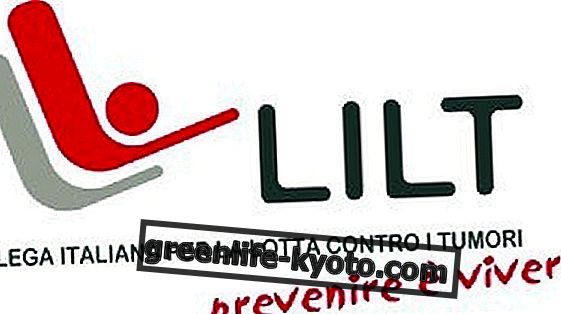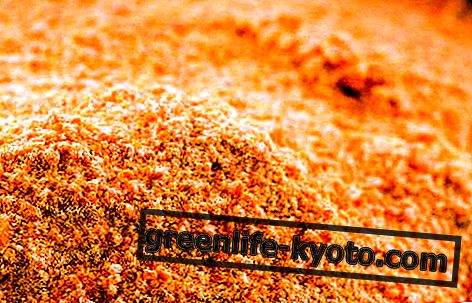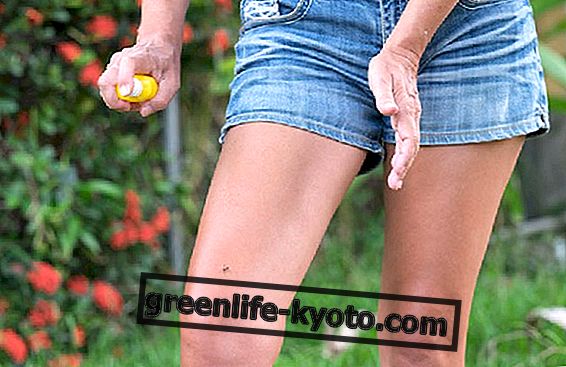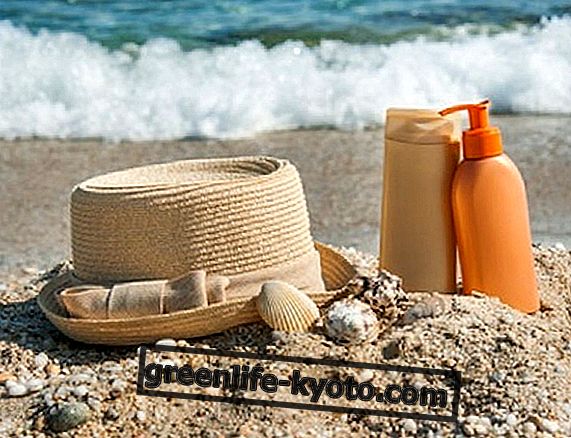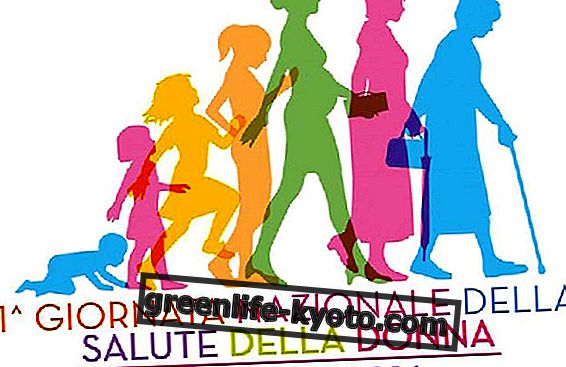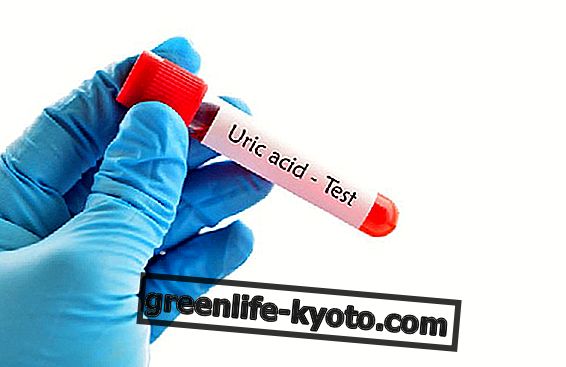
Article written by Dott. Matonti Ranieri,
osteopta, clinical posturologist, naturopath, specialsta in educational and rehabilitative kinesiology
Too many times, I happen to listen to patients with previous experience of herniated discs who have the iron conviction of their perennial presence in their own body.
It is also true, that this belief is rooted and therefore transmitted to its patients by some doctors.
So it is common for me to find people in the studio with low back pain, for example, who attribute the same to the hernia that appeared years before.
In the past it was believed that the herniated disc, once it appeared, was permanent. Recent research, however, carried out with magnetic resonances (RMN - photo 1) and computerized axial tomographies (TAC-photo 2) have shown that this is not true at all.
(Photo 1) Voluminous herniated disc at C5-C6 level
These studies, in fact, reveal that hernias, both cervical and lumbar, not only show reduced dimensions after a period of treatment but that in many cases they regress and are no longer visible in the radiographic images after treatment.
In this way, taking into consideration pre and post treatment X-ray examinations, Mochida and colleagues found that cervical hernias (CHD) and lumbar (LHD) have a recovery course, on average over 3 three months.
(Photo 2) Disc herniation of L5-S1
In the case of CHD this study showed that in 40% of the cases there was a reduction in size or a regression, while in the case of LHD a reduction in the hernia was found in about 60% of cases.
The researchers also showed that the greater the size of the hernia or protrusion, the greater its capacity to reduce it. At the conclusion of the study, the researchers deduced that the reduction or reabsorption of the hernia depends on the size, position and phase in which the patient is.
It also appeared evident in the study, how the hernias responded better to the treatment if the same had been carried out at the beginning of the appearance of the anatomical lesion, with better results for the lateral lesions, compared to the smaller ones or under ligament.
Most patients in the Mochida study achieved clinical benefit, regardless of post-treatment radiological results.
Still Mochida in another study, demonstrated the presence of macrophage cells (sweep cells) in the hernias surgically removed, in addition to the evident formation of a new vascularization.
This is interpreted by the researcher, as the demonstration of the fact that there is an action of phagocytic digestion, responsible for the decrease in size of the hernia. So the phagocytic cells attack the expelled disc fragments, seen as if they were foreign bodies.
Immunological and chemical research is underway to understand the pathophysiology of this reduction.
Subsequent studies carried out by other researchers agree with what was stated by Mochida.
This is the case of the research study on LHDs by Bozzao and colleagues, which show that 63% of patients treated conservatively with epidurals, drugs, etc. they obtained a reabsorption of the hernia in the control images. Another study on Ellemberg and others' LDHs shows in their study that patients with radiculopathy, detected by radiographic examinations and myelography, showed reductions in hernias in 78% of cases.
Matsubara shows that patients medically treated with drugs, physiotherapy, traction and injections of epidural steroids, show signs of reduction in 60% of cases.
It is interesting to make a serious reflection about the extraordinary recovery capabilities of the organism, as well as the aggression that it sometimes undergoes with pharmacological treatments.
Reading the conclusions of an interesting study carried out by chiropractors and exposed in the following lines, the reflection I invite you to make is supported by this question: is drug abuse and standard medical-pharmacological treatment justified? Is it right to ignore the self-corrective capacities and timing of the organism, instead of supporting them with non-medical methods?
One of the few chiropractic researches (the need for further studies is confirmed, in this sense) has used magnetic resonances as a comparison method.
This research, published later in a study, was carried out on a sample of 27 patients (small sample) afflicted with either CDH or LDH.
In 63% of cases, as demonstrated by pre- and post-treatment images, there was a reduction or complete remission of the hernia after chiropractic treatment.
80% of the patients in this study had a remarkable clinical improvement.
Chiropractic treatment alone has proved to be positive not only clinically but also anatomically and radiographically.
Cassidy and others, in research on the effects of chiropractic adjustment in lateral position on proven hernias, found that 13 of 14 patients achieved good clinical results. Of those 13, about half had a decrease in the size of the hernia in the control tomography.
These studies and I refer in particular to the last two, should lead to a turn in the medical-pharmacological treatment, too often standardized and oriented to the administration of drugs in excessive quantities.
Further awareness of the therapeutic validity of non-medical methods (osteopathy and chiropractic in the first place) should be used in the health field, avoiding the extremist ideology according to which medical treatment is the universal panacea.
This is not the case, and there are studies to witness this.
If nothing else, for the solved clinical cases which arrive in the studies of professionals prepared in art and manual science.
Mochida also indicates the possible physiological mechanisms that the body puts in place to repair itself.
I believe, there are mechanisms that must be helped, supported and not overwhelmed with chemical, orthotic, or worse still, surgical facilitation.
